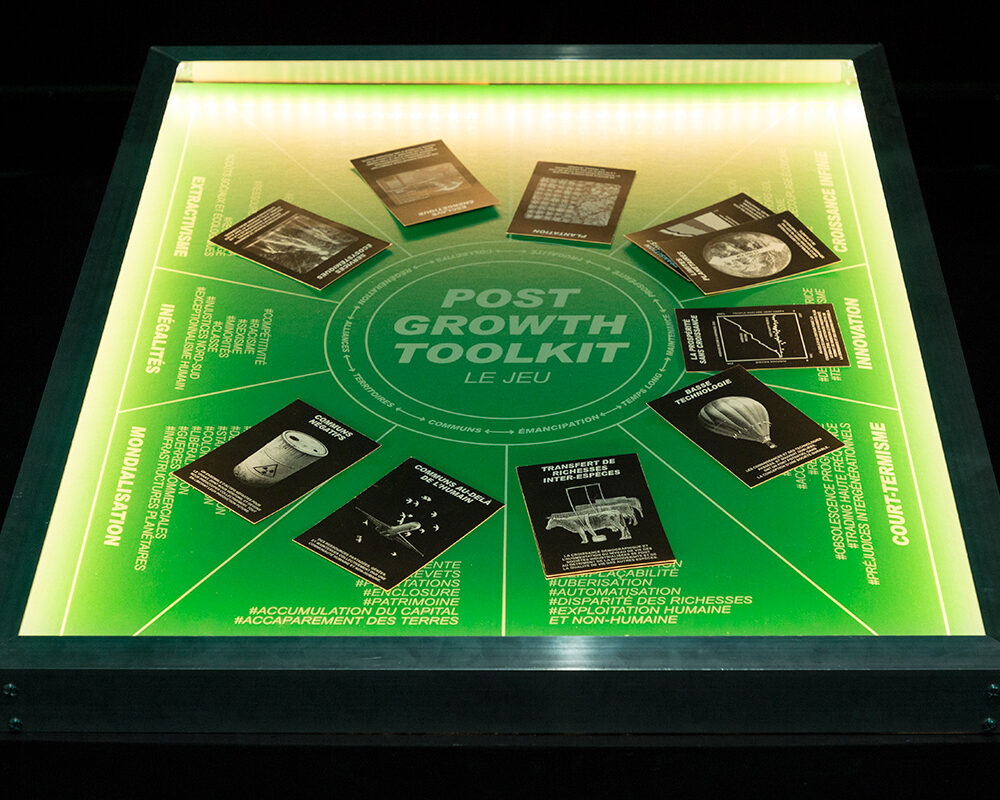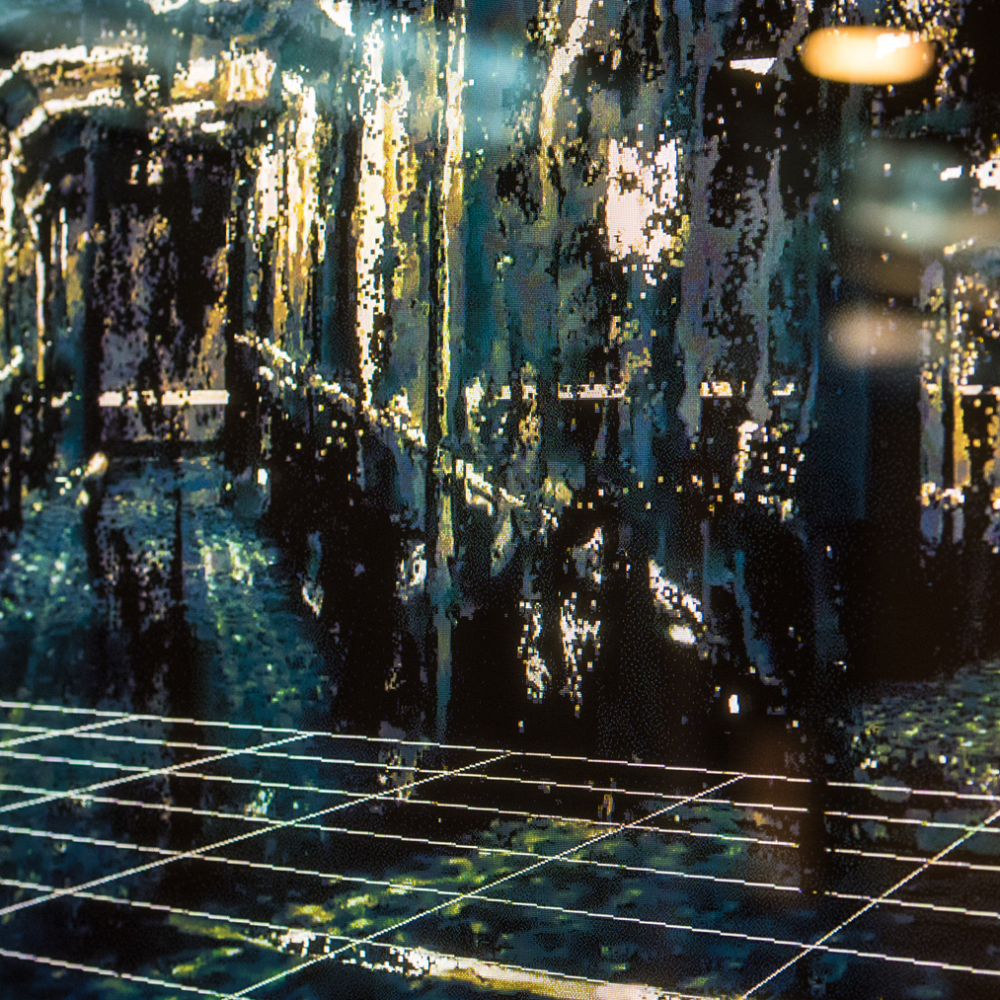Quadrivium II
Amélie Bouvier
Electric Installation
When Amélie Bouvier first stumbled across hand drawn notations on astronomical photographic plates of the early twentieth century, they struck her as reminiscent of sheet music. Quadrivium is the artist’s first foray into garnering sound from images of the stars. The title draws from the final volume of Johannes Kepler’s 1619 publication Harmonice mundi (Harmonies of the World), in which Kepler tries to grasp the divine music of the spheres using Boethius’s principles of the quadrivium, or the combined study of geometry, mathematics, music, and astronomy. In it, he proposes a model of the solar system based on geometrically and musically harmonic proportions.
Centuries earlier, Pythagoras had suggested that if objects in motion produce sound so too must planetary bodies reverberate throughout the universe. When Kepler discovered that planets move in elliptical paths and at different speeds, what had once been conceived as a single celestial chord became a song. Using a telescopic image gathered from the Observatoire Astronomique Antoine Thomas in Namur, Bouvier translates constellations into nodes on the cylinder of a mechanical steel music box that, as it churns, emits celestial notes at times disjointed or jarring.
A second, nearly identical music box uses the same parcel of sky, but this time with a satellite cutting a path across its surface. In Quadrivium, a single, small object alters the resonance of our entire universe. The notes from Bouvier’s music boxes linger like an aural afterimage of an ever-changing cosmos.

Partagez cet événement sur les réseaux sociaux
Artistes
Amélie Bouvier (BE)
The artistic practice of Amelie Bouvier builds from historical research in the field of astronomy to question issues related to cultural memory and collective heritage. Astronomers in particular, and scientists in general, don’t only explain the world, they also represent it through the construction of diagrams, illustrations, photographs or equations. For Bouvier, scientific imagery is an extension of knowledge that reveals ideological and ethical frameworks, which risk cloaking aspects of the reality they aim to represent. She is particularly interested in the sky and stars as a landscape that expose current socio-political contradictions and knowledge gaps. While her work is based on historical facts, data and visuals, she consistently mixes this with speculative imagery, adapting tools and techniques to present alternative potentialities.
Crédits & mentions
Courtesy Amélie Bouvier and Harlan Levey Projects
Warning: Undefined variable $oeuvresLieesIds in /home/clients/6cd874e1a9c3606a339242af6d0db3da/sites/chroniques-biennale.org/wp-content/themes/biennale-2024/single-oeuvre.php on line 49


